What We Know…What We Don’t
A large winter weather event continues to be expected for the middle of next week. Here is the latest no-hype information as of Sunday morning.
There seems to be little doubt that the first widespread, significant winter weather event will unfold for the Northeaster United States later Wednesday into Thursday. Models are in good agreement with the general evolution of the pattern and its overall results.
Atmospheric energy will move inland off the Pacific Ocean today and will spend the early week traveling eastward. This will meet up with some additional energy near the Gulf of Mexico on Tuesday and low pressure will develop along the Mid-Atlantic coast by Wednesday.
Meanwhile, a strong high pressure system will track across the northern half of the country and will be located just north of New England by Wednesday. This high pressure system is a key factor in the pattern.
As the low strengthens along the coast, the high will supply cold air into the system, while also blocking its path northward. This will cause the low to slow down and turn eastward rather than continuing on a northward trajectory.
A widespread area of heavy snow will likely result. Snow amounts in the core of the storm could go as high as 20 or even 30 inches, depending on several yet to be determined factors.
Along the northern edge of the system, a sharp cut-off in the snow is probable, with less than 100 miles separating the difference between a minor event and a major snowstorm. For reference, the distance from the shore of Lake Ontario to the Pennsylvania state line is about 90 miles.
It appears probably that this sharp gradient will be near or over the Finger Lakes. With the peak of this event still about 84 hours away, there is far too little certainty on the exact path and size of the low to estimate snow totals in the Finger Lakes.
In general, though, the Southern Tier will see more snow than areas along and north of I-90. The question is how far north the heaviest snow makes it.

Hints from the Ensembles
I have been closely tracking the trends showing the European model’s ensembles since Thursday.
Model ensembles are where a given model is run over and over again, each time with slightly different parameters, to give a wider range of possible outcomes. Like any single model, looking at just one set of ensembles does not tell the whole story, and in the end, ensembles are just another tool, and not gospel truth of what will happen.
The European model, which consistently outperforms all other weather models, has 51 members in its ensemble suite.
Using Ithaca as a baseline location, the chances for a non-event in our region have been steadily decreasing. On the other end, the number of ensembles of a major or extreme event initially were near zero, then rose, but have since leveled off at 20-30%. A moderate, 6-12 inch event consistently is the most common scenario on the ensembles.
Given the snowfall gradient expected, if Ithaca were to fall into that moderate zone, it should be expected that the northern half of the region would see just a minor snow event, while the Southern Tier would see a greater chance of reaching or eclipsing a foot.
Again though, that is not to say Ithaca *will* end up in that 6-12 inch range. Overall, the chances of Ithaca seeing under 6”, 6-12”, and over 12” are all in the same ballpark.
All of this information has been considered in making the map at the top of the page, showing the areas that should be most on the lookout for adverse conditions late Wednesday into Thursday. This chart shows the percent of European model ensembles showing snow amounts under 2″, 2-6″, 6-12″, 12-18″ and over 18″ for Ithaca. Each bar represents one set of ensembles, dating back to Thursday. The blank areas on the right side of the chart are reserved for future model runs, showing just how much time there is for new information to change our understanding of this event. At present, for Ithaca, a 6-12″ is slightly more likely than a larger, or smaller, snow event.
This chart shows the percent of European model ensembles showing snow amounts under 2″, 2-6″, 6-12″, 12-18″ and over 18″ for Ithaca. Each bar represents one set of ensembles, dating back to Thursday. The blank areas on the right side of the chart are reserved for future model runs, showing just how much time there is for new information to change our understanding of this event. At present, for Ithaca, a 6-12″ is slightly more likely than a larger, or smaller, snow event.
What is Expected from Here?
As the energy that will ultimately be responsible for this system moves inland today, the amount of observational data on it will increase tremendously. These observations will be included in future model runs, which should increase confidence and accuracy.
That makes today a pivotal point in the forecasting of this event. Everything up to now has been based on limited data. Everything from this point on will have more and more to work with.
There will be many snow maps made in the coming days, each one different from the others. Some outlets will produce many maps that change multiple times per day.
It is usually my goal to produce one single snow map to reduce confusion and the all too frequent occurrence of social media showing outdated weather information. That said, the push for a single map needs to be properly balanced with giving enough information and lead time for preparation.
It is my hope to have more certain snow amounts by my post Tuesday morning with snow starting late Wednesday. Regardless, I will have more updates on Monday morning and will continue to pass along information as it becomes clear.
Be sure to sign up to receive my blog posts via email. Social media is not reliable in showing the latest information in a timely manner! Email is the single best way to make sure you always have my latest forecasts.
Please also share Finger Lakes Weather with your family, friends, and neighbors to grow our community and combat unnecessary weather hype!
Don’t Miss an Important Update
Keep updated with the latest on the snow potential Thursday, and all of the weather in the Finger Lakes. Signing up for email alerts will ensure you always get the latest information — Facebook and other social media channels pick and choose what you see and are thus not reliable for getting the most updated information!



Meteorologist Drew Montreuil
The snow may be winding down in intensity some but roads will be very hazardous. If you must drive, I’d honestly plan for at least double the time.
Deanna LANE
Hey I have a weird question for you. Do you use a drone to gather any data for your forecasts? BTW I love you weather forecasts and I always look forward to reading them! Thanks for all you do!
Meteorologist Drew Montreuil
Hi Deanna! I don’t use a drone, though I can definitely see uses for one in near-time, hyper-localized forecasting and observing. More data is always a good thing!
Pauline Satterly
Every day that Frank checks the weather report he wonders why southern tier is colder than we are. Can you explain why this is?
Meteorologist Drew Montreuil
Hi Pauline & Frank! There are a couple of factors that typically help the northern half of the region stay warmer, namely elevations are lower in the north, and at least in the fall and winter, Lake Ontario can have a warming effect in those areas.